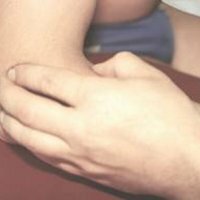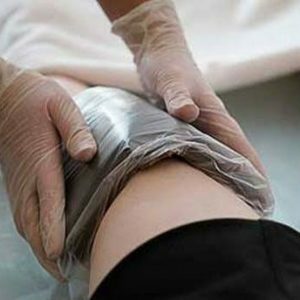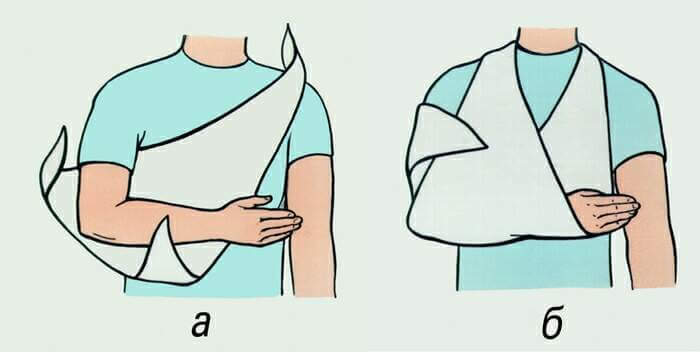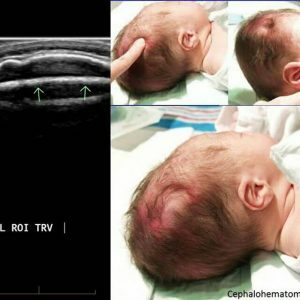Elbow joint development after fracture

Often the reasons for a fracture of the hand are due to the weakness of the ligaments and tendons that are located around the joint. If the tendons are well stretched, they help the movements of the elbow joint, and also are the prevention of injuries. Tendons without movement quickly lose their elasticity. When the arm is after a fracture for a long time in the plaster, the joints lose their flexion-extensor functions. Therefore it is very important to start the development of the elbow joint immediately after the removal of gypsum.
How does the elbow joint develop after the fracture?
As a rule, in plaster all joints and tendons of the elbow joint were atrophied in order. Therefore, immediately after removal of immobilization, the patient is assigned: therapeutic gymnastics( this is the most important in rehabilitation after a fracture), exercises in water and physiotherapy. All these measures contribute to the restoration of all mobility functions in the elbow joint. The terms of rehabilitation are from about 2 weeks to 1.5 months( depending on the degree of fracture).
Joint development of curative physical culture is carried out for three periods. The first development period is divided into two stages. At the first stage( immobilization), on the second day after the fracture, together with general developing breathing exercises, the movements of the joints free of plaster joint and the finger joints begin. To combat pain syndrome, with limb edema, the following exercise is performed to improve the circulation in the hand. The hand is placed in the position of the lead or on the pillow behind the head. In this case, impulses are sent to the plaster joints, muscles of the forearm and shoulder are strained. Immediately after the removal of gypsum, the second elbow is flexed and unbent, but very carefully.
The second period of recovery after fracture includes the following exercises aimed at developing the elbow joint.
The starting position( IP) sitting, shoulder the patient's arm, place on the table( the edge of the table in the armpit), and extend the arm. Flexion and extension in the joint are performed.
Sitting, and the forearm is located on the table, the fingers need to take a children's rolling toy - fixing the shoulder, the patient "rolls" the forearm with the help of a toy.
Sitting or standing. It is necessary to perform all sorts of exercises with the ball or with a stick to develop the elbow joint. When exercising, pain should not be experienced.
Sitting or standing with an inclination of the trunk forward - extension and flexion in the joint, which are performed simultaneously with a healthy arm. Extension and flexion in the elbow joints: lifting them by the head, taking their hands in the "lock", etc.
Also exercises in the bathroom with warm water for 10-15 minutes twice a day.
In the third period, when restricting movements in the joint, physiotherapeutic procedures( currents, paraffin, mud, ozocerite, etc.) are recommended, after which the exercise therapy is recommended. In the second and third periods of rehabilitation after fracture, exercises in the water are recommended: supination and pronation in the elbow joint, flexion and extension. The fact is that water relaxes the hand and all movements are made much easier, but do not overwork.
The number of repetitions of each exercise in any rehabilitation period is 5 times. Exercises are recommended several times a day. When exercising exercise should pay attention to the hand does not get tired too much. If tired - let her rest.
The elbow joint massage at the first time after rehabilitation is contraindicated. Massage the injured limb below or above the joint, massage the back. A little later, a very gentle massage of the elbow joint is allowed to accelerate the recovery of the volume of movements, resorption of hemorrhage, prevent atrophy of muscles, and strengthen the bag-ligament apparatus.
After any fracture during the rehabilitation period, passive movements, heavy weight transfer, muscle strain, abutments, vises, exercises that cause pain are contraindicated. This all can lead to edema in the joint, cause pain in the joint, muscle calcification, reflex contraction of muscles, growth of bone deformities( spurs, whiskers).With all the recommendations of the specialist, all the previous functions of the elbow joint are restored.



